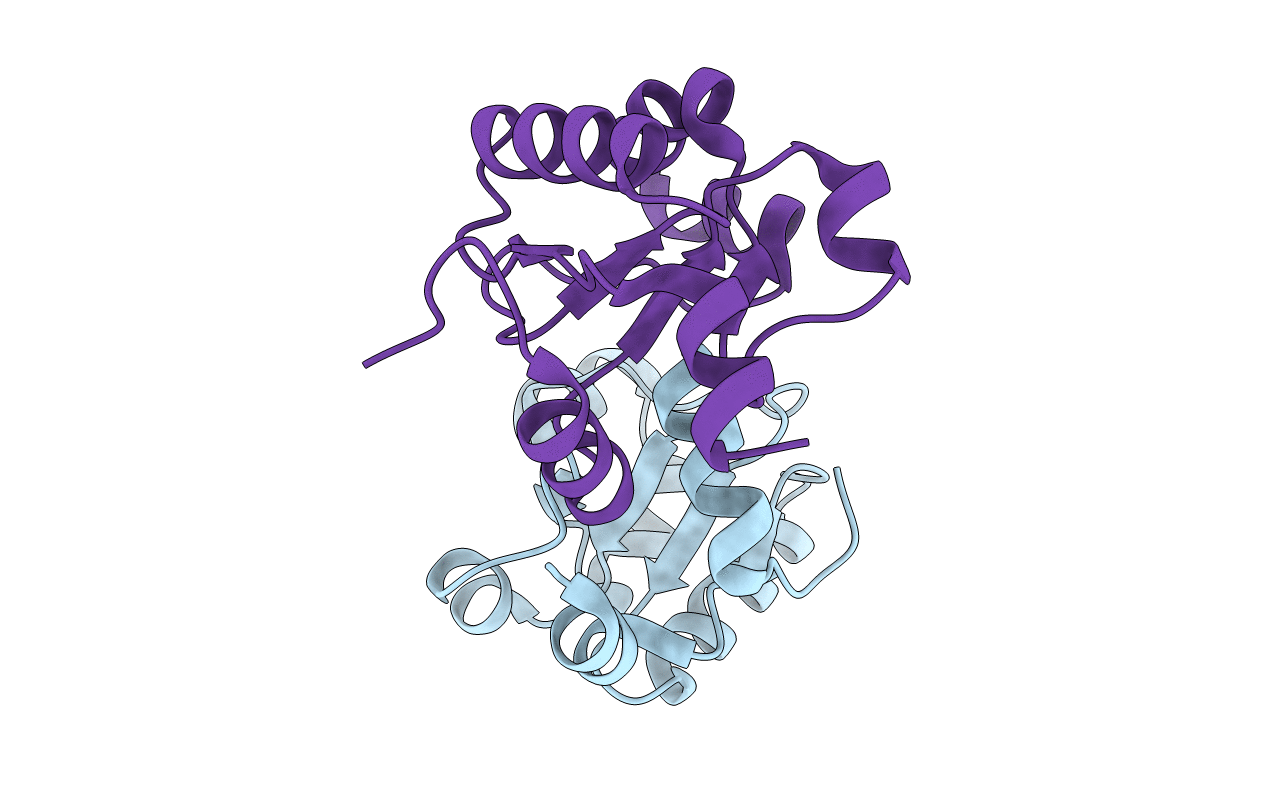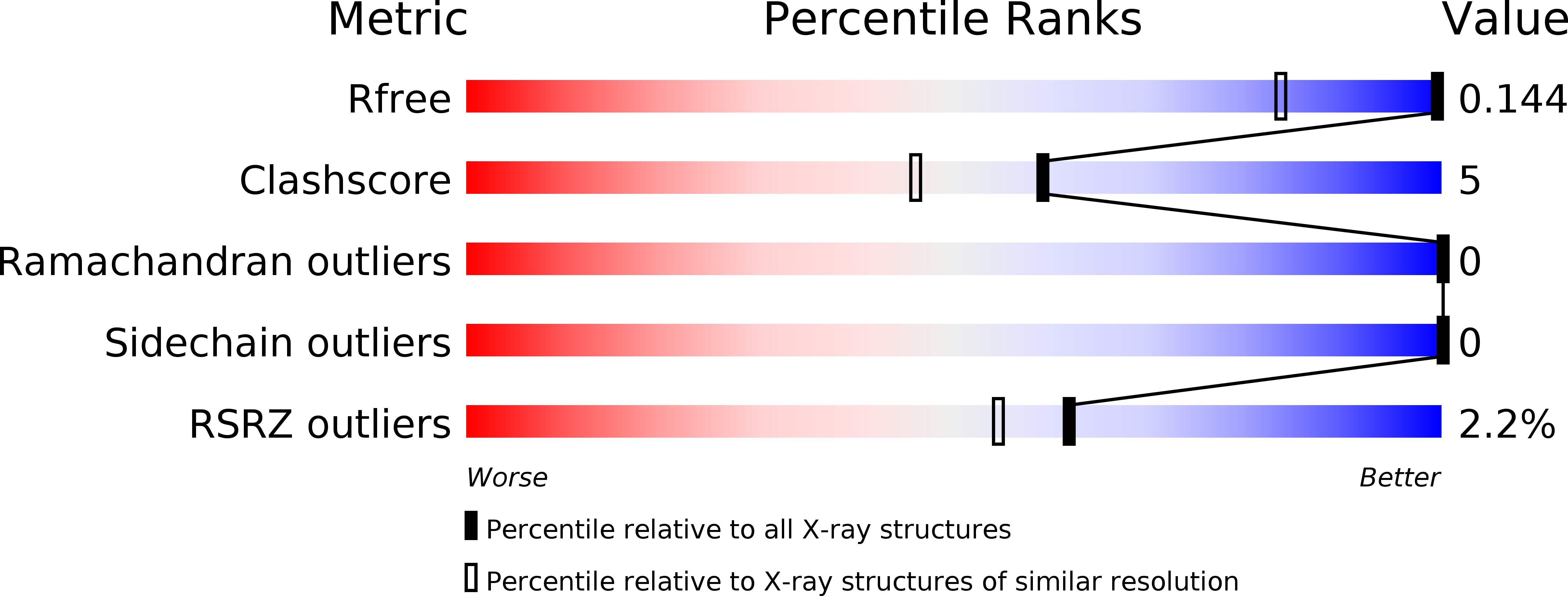
Deposition Date
2017-10-25
Release Date
2018-01-24
Last Version Date
2024-03-13
Method Details:
Experimental Method:
Resolution:
1.04 Å
R-Value Free:
0.14
R-Value Work:
0.13
R-Value Observed:
0.13
Space Group:
P 1


